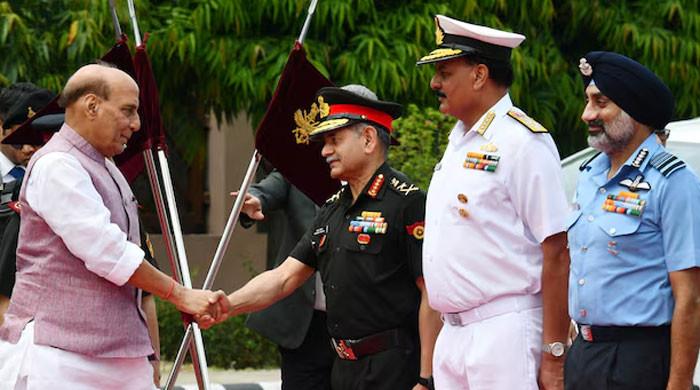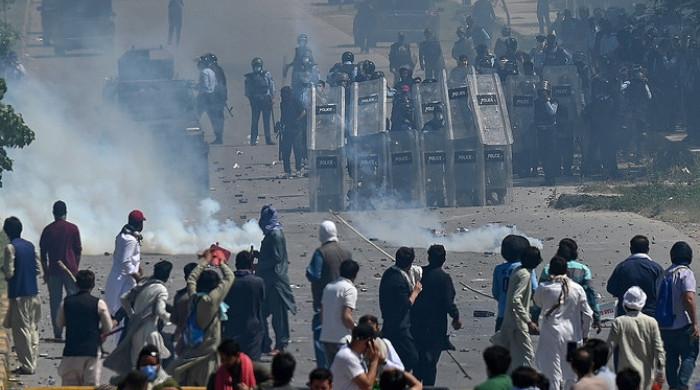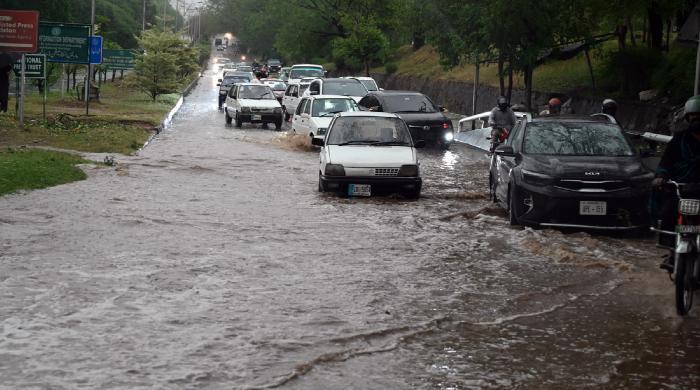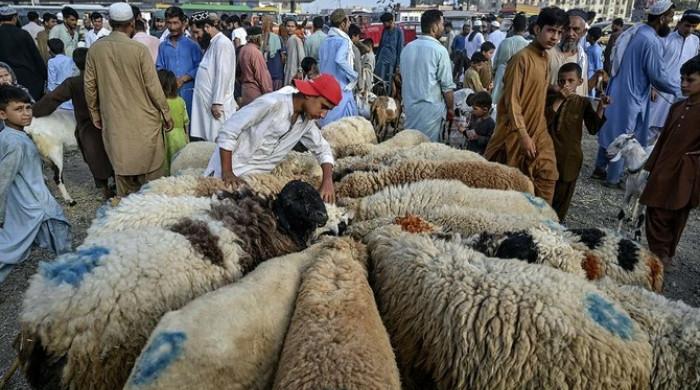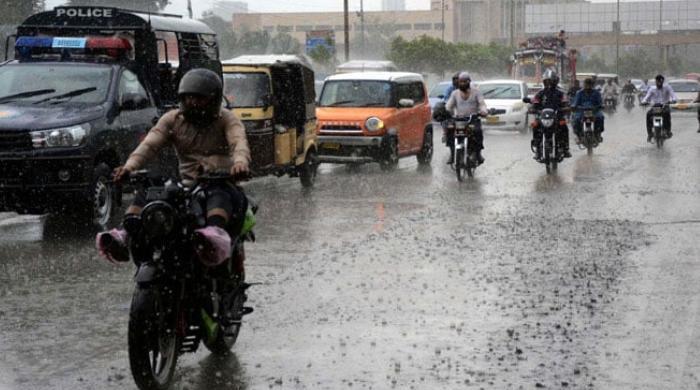Travel, tourism contributed Rs930.9 billion to Pakistan's economy in 2017: report
Report stated that travel and tourism generated 1,493,000 jobs directly in 2017 and this is forecast to grow by 2.8% in 2018 to 1,534,000
March 22, 2018

The travel and tourism sector contributed Rs930.9 billion, that is 2.9 per cent of Pakistan’s gross domestic product (GDP), in 2017 and is forecast to rise this year.
The direct contribution of travel and tourism in Pakistan is forecast to rise by 5.9 per cent to Rs986 billion in 2018, the World Travel and Tourism Council said in its annual Economic Impact Report on Thursday.
The contribution primarily reflects the economic activity generated by industries such as hotels, travel agents, airlines and other passenger transportation services (excluding commuter services). But it also includes for example, activities of the restaurant and leisure industries directly supported by tourists.
The report further noted that the direct contribution of travel and tourism to GDP is expected to grow by 5.8 per cent to Rs1,727.7 billion (3.0 per cent of GDP) by 2028.
The total contribution of travel and tourism to GDP, including wider effects from investment, the supply chain and induced income impacts was Rs2,349 billion in 2017 (7.4 per cent of GDP) and is expected to grow by 5.8 per cent to Rs2,486 billion (7.4 per cent of GDP) in 2018.
Further, the report stated that travel and tourism generated 1,493,000 jobs directly in 2017 (2.5per cent of total employment) and this is forecast to grow by 2.8 per cent in 2018 to 1,534,000 (2.5 per cent of total employment).
The number of jobs includes employment by hotels, travel agents, airlines and other passenger transportation services (excluding commuter services).
By 2028, travel and tourism will account for 2,008,000 jobs directly, it added.
Meanwhile, the total contribution of travel and tourism to employment (including wider effects from investment, the supply chain and induced income impacts) was 3,894,000 jobs in 2017 (6.5 per cent of total employment). This is forecast to rise by 2.6 per cent in 2018 to 3,997,000 jobs (6.5 per cent of total employment).
The report noted that visitor exports are a key component of the direct contribution of travel and tourism. In 2017, Pakistan generated Rs98.7 billion in visitor exports.
In 2018, this is expected to grow by 4.7 per cent, and the country is expected to attract 1,252,000 international tourist arrivals.
By 2028, international tourist arrivals are forecast to total 2,054,000, generating expenditure of Rs192.5 billion, an increase of 6.4 per cent per annum.
Travel and tourism is further said to have attracted capital investment of Rs410.4 billion in 2017. This is expected to rise by 5.2 per cent in 2018, and rise by 4.1 per cent per annum over the next ten years to Rs647.4 billion in 2028.
However, it said that travel and tourism’s share of total national investment will fall from 8.6 per cent in 2018 to 7.6 per cent in 2028.
Further, leisure travel spending (inbound and domestic) generated 81.2 per cent of direct travel & tourism GDP in 2017 (Rs1,186.7 billion) compared with 18.8 per cent for business travel spending (Rs275 billion).
Leisure travel spending is expected to grow by 5.5 per cent in 2018 to Rs1,252.4 billion, and rise by 6.1 per cent per annum to Rs2,254.3 billion in 2028.
Meanwhile, business travel spending is expected to grow by 7.9 per cent in 2018 to Rs296.8 billion, and rise by 5.4 per cent per annum to Rs502.5 billion in 2028.
The report highlighted that domestic travel spending generated 93.2 per cent of direct travel and tourism GDP in 2017 compared with 6.8 per cent for visitor exports that is foreign visitor spending or international tourism receipts.
Domestic travel spending is expected to grow by 6.1 per cent in 2018 to Rs1,445.9 billion, and rise by 5.9 per cent per annum to Rs2,564.3 billion in 2028.
While visitor exports are expected to grow by 4.7 per cent in 2018 to Rs103.3 billion and rise by 6.4 per cent per annum to Rs192.5 billion in 2028.




